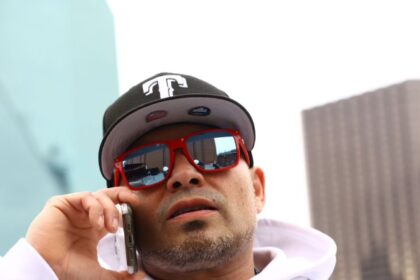As I sat near a window inside Boston’s luxurious Four Seasons Hotel, gazing out at the serene duck pond in the city’s iconic Public Garden, Ray Kurzweil, a visionary inventor and futurist, held up a sheet of paper showcasing the remarkable growth in the amount of computational power that a dollar could buy over the last 85 years.
A neon-green line on the page ascended steadily, reminiscent of fireworks lighting up the night sky.
This diagonal line, he explained, illuminated why humanity stood on the brink of the Singularity, a concept where individuals merge with artificial intelligence, enhancing themselves with computational power millions of times greater than their biological brains currently offer.
Dressed in colorful suspenders and sporting a Mickey Mouse watch he acquired at Disney World in the 1980s, Kurzweil reiterated his forecast, first outlined in his 2005 book “The Singularity Is Near.” With the advent of A.I. technologies like ChatGPT and ongoing attempts to implant computer chips in humans’ brains, he felt compelled to reaffirm his prediction, culminating in the release of his latest book, “The Singularity Is Nearer.”
Now at the age of 76, Kurzweil’s prophecies carry a new weight as mortality edges closer. While envisioning himself experiencing the Singularity firsthand by merging with A.I. to attain immortality, he faces the stark reality that even he may not witness this pivotal moment if it materializes in 2045.
Despite the skepticism that once shrouded his predictions, recent advancements in A.I., exemplified by the success of ChatGPT, have sparked enthusiasm among tech luminaries and investors, fueling grandiose forecasts about A.I.’s transformative impact on society.
Learn more about the future of A.I. from the renowned expert, Ray Kurzweil”>
A conversation with the pioneer of artificial intelligence reveals fascinating insights into the merging of human consciousness with machines and the potential implications








